Partner: https://oss.adm.ntu.edu.sg/nkoh010
Welcome to my blog!
(PG ver.)
A mythical character often portrayed as a hunchback flute player. The legend originates from ancient beliefs of American south-west natives. He is thought to be a symbol of fertility, joy, feast and long life. He is also a musician, storyteller, rainmaker, healer, teacher, joker-magician and seducer.
“This merry traveler has a lesson fro everyone. the most important seems to show us that we shouldn’t take life too seriously.”
(Whimsical figure)
In certain myths, Kokopelli carries seeds or medicinal artefacts in his hump which some say is a sack. He would sow the seeds, and blow life into them by playing his flute. He is most welcome during planting season. Others say that Kokopelli talks through the wind and his flute can be heard in the breeze of spring, bringing warmth. In this version, he brings fortune and prosperity to those who listen to his songs.
https://www.harpo-paris.com/en/legends-and-stories/8-kokopelli.html
http://www.indigenouspeople.net/kokopelli.htm
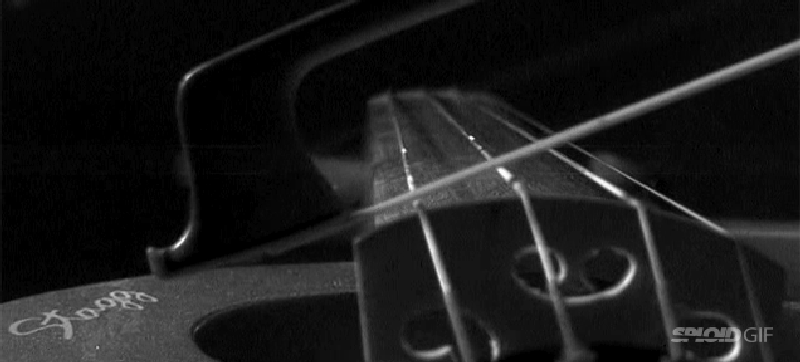
(Vibrations and Hair!)

Sound waves travel into the ear canal to the eardrum. The eardrum passes the vibrations through the middle ear bones (ossicles) into the inner ear. In the inner ear is the cochlea that has thousands of tiny hair cells that change the vibrations into electrical signals that are sent to the brain through the hearing nerve. The brain then interprets the sound you are hearing a sound.

Frogs also have the Tympanic membrane that stretches across a ring of cartilage similar to that of humans. There is rod that is connected to the ear drum (Columella Auris), which vibrates by sounds that come at the frog. That sound passes through as pressure waves and the rod sloshes around in the inner ear fluid, which causes microscopic hairs to move (similar to human!), which send signals to the frog’s brain to be interpreted.
http://www.dangerousdecibels.org/virtualexhibit/2howdowehear.html
http://frogsaregreen.org/tag/frog-hearing/

There are 3 layers of muscle in the abdomen. The first is the external abdominal oblique followed by the Rectus abdominis and the Internal abdominal oblique and lastly we have the transverse abdominis.
http://www.innerbody.com/anatomy/muscular/lower-torso
Out of the Ordinary
Inspiration

(So many muscle!)
Facial muscles can be divided into 3 groups – Orbital, Nasal & Oral.
The orbital group of facial muscles contains two muscles associated with the eye socket – Orbicularis Oculi (performs closure of the eyelid) and Corrugator Supercilii (draw brows together, creates vertical wrinkles on the bridge of the nose).

The nasal group of facial muscles are associated with movements of the nose and the skin around it. (serve little importance to us humans) The nasalis is the largest of the nasal muscles – split into 2 parts; transverse and alar. The two parts compresses and opens the nares. The next nasal muscle is the Procerus. The contraction of the procerus pulls the eyebrow downward to produce transverse wrinkles over the nose. The last nasal muscle is the Depressor septi nasi which pulls the nose inferiorly to open the nares.

The oral muscles include Orbicularis Oris (used to purse the lips), Buccinator (pulls the cheeks inwards against the teeth, preventing accumulation of food in that area) and others that can be further classified into the lower and upper group.
http://teachmeanatomy.info/head/muscles/facial-expression/
https://www.youtube.com/watch?v=HIImGwTVXuQ
https://www.youtube.com/watch?v=5aDCrYUKIMo
https://www.youtube.com/watch?v=agmm3P2tUTs
Stack Offset Split
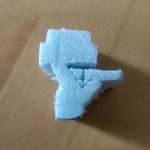
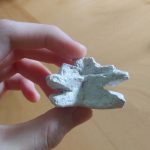
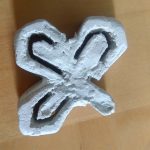
Prototype 1:

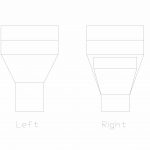
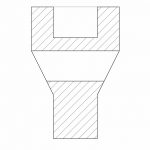
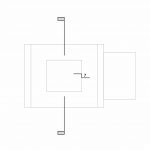
Prototype 2:

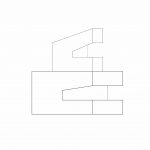
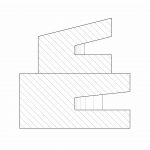
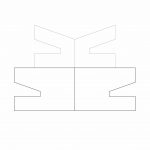
Prototype 3 (Final):
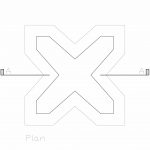
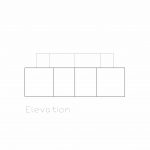
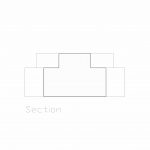
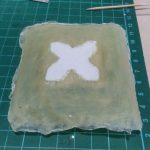
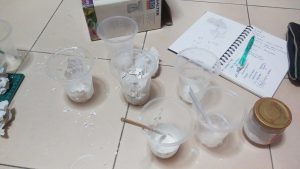
Silicon Cast:
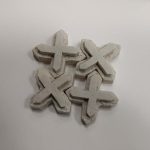
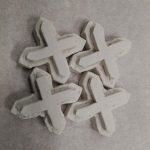
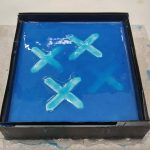
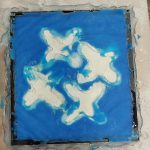
The silicon cast did not come out to well in my opinion. My clay modules had a convex surface thus the silicon leaked under. I did try to cover it up with the hot glue gun but it did not work. But that was an easy fix. I snipped away all the unwanted surface with a scissors.
Also due to limited amount of materials the top of my mold is too thin which poses some risk to freezing the ice.

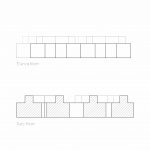
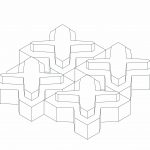
Ice:
It was a failure! I should have trimmed the ends smaller so it would not trap the ice. So I had to take it apart one by one for the last photograph.